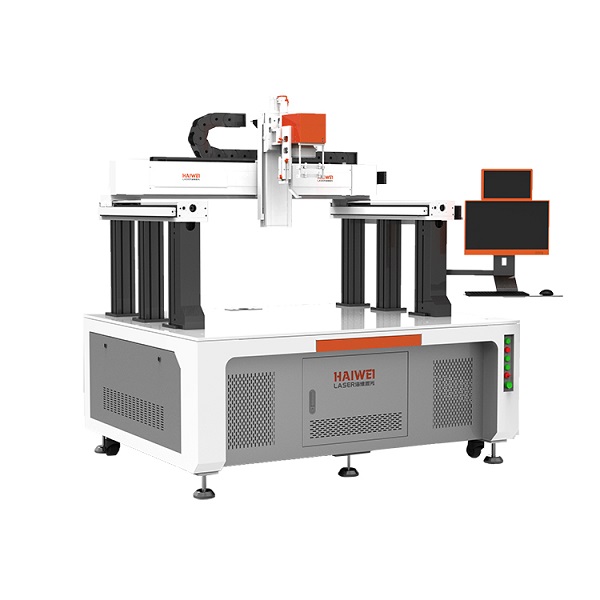How to Assess the Welding Quality of a Laser Welding Machine
Laser welding machines have become a critical part of modern manufacturing, especially in industries such as new energy, digital electronics, automotive components, and hardware manufacturing. However, assessing whether the weld meets quality standards requires more than just visual inspection. Here's how to evaluate laser welding results effectively and objectively.

1. Visual Inspection: The First Step
Before any advanced testing, a basic visual check is essential when using a laser welding machine. Look for uniformity in the weld bead, absence of cracks, undercutting, porosity, or incomplete fusion. While this method is subjective, it helps identify obvious defects early on.
2. Cross-Sectional Analysis for Internal Integrity
A destructive test involves cutting the weld joint and examining the cross-section under a microscope. This allows you to measure penetration depth, fusion zone width, and detect internal flaws such as voids or inclusions. It’s especially useful during process development or when verifying weld strength requirements after using a laser welding machine.
3. Tensile and Mechanical Testing
To ensure the weld can withstand operational stress, perform tensile, bend, or shear tests. These mechanical evaluations provide quantitative data on the weld’s structural integrity and are crucial for safety-critical applications processed by a laser welding machine.
4. Non-Destructive Testing (NDT)
For finished parts where destruction isn’t an option, non-destructive methods like ultrasonic testing (UT), X-ray inspection, or dye penetrant testing offer valuable insights. These techniques help detect hidden cracks, porosity, and lack of fusion without damaging the component—especially important when validating output from a laser welding machine.
5. Real-Time Monitoring Systems
Modern laser welding machines often come with integrated sensors that monitor key parameters during the process—such as power output, weld speed, and plasma emissions. These real-time data logs help maintain consistency and quickly identify anomalies.
6. Metallurgical Analysis for Material Compatibility
In high-performance applications, checking for proper metallurgical bonding is vital. Microhardness testing and metallography can confirm that the heat-affected zone (HAZ) hasn’t compromised the base material properties after processing with a laser welding machine.
7. Process Window Validation
Establishing a stable welding window—defined by optimal laser power, travel speed, focus position, and shielding gas flow—is key to consistent quality. Running controlled parameter variations helps define acceptable tolerances for production use on any given laser welding machine.
No single method provides a complete picture of weld quality. Combining visual checks with mechanical tests, NDT, and process monitoring ensures that your laser welding machine delivers repeatable, high-quality joints. When purchasing a laser welding system, always ask suppliers about built-in quality control features and request sample weld testing under your specific conditions.
Recent Posts
- What are the advantages of laser welding machines in lithium battery pack production lines?
- What issues should be noted when choosing a lithium battery pack production line?
- Quality Inspection and Control of Lithium Battery Module Pack Production Line
- Cell grouping and sorting process in lithium battery module pack production line
- What are the safety hazards of lithium battery pack production lines and how can they be prevented?
INQUIRY

